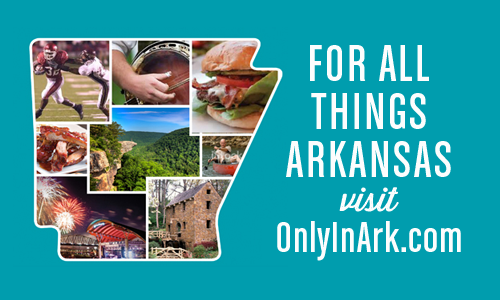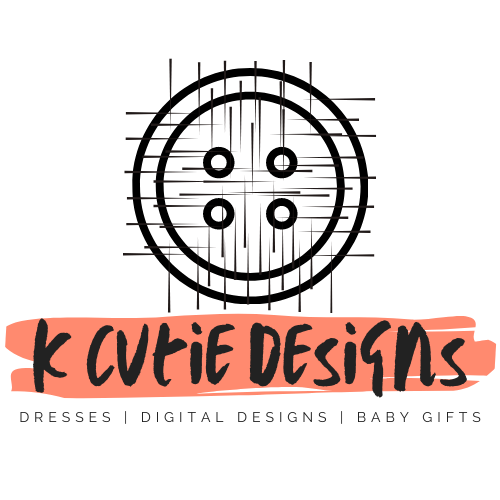This Bath Fizz Color Experiment is perfect for toddlers and preschoolers who are learning colors, counting, independent play, and observation. Snow days, rain days, stuck-at-home days, they all make a mama crazy! It seems like bath time is the best way to work through the late afternoon hours on these hard days. Making any tough activity into a science experiment suddenly makes learning fun. And, let’s be honest- every time we can learn and navigate the crazy evening hours, everyone has won!!!
This post may contain affiliate links where I earn a commission for you clicking on a link in this post. If you purchase anything via my links, I may receive a small commission at no additional cost to you. I actively participate in Amazon Associates Affiliate Program. For more information, visit my Disclosure Statement and Terms & Conditions page.
My preschool-aged son received a science kit for Christmas and it has turned out to be one of his favorite presents. So, kudos to whoever got him that!! It is considered a “my first science” kit and the main thing it explores is colors; primary, secondary, and allows room for tertiary if you want to go there. The kit came with three rounds of color tabs and I could see that was not going to last long. So, I started thinking about what we could do to expand the experience and frankly not make a huge mess of paint, kitchen, or other science supplies.

I remembered we had some Crayola Bath Fizz tabs and they resembled the color dye tabs that came with our science kit. Thus began the Bath Fizz Color Experiment. Let me challenge you to just go all in mentally and with your presence for the experiment. I want my kid to love to learn and science is not always the first pick for boys. (well, maybe it is because volcanos and things explode!) But, I love seeing him excited about learning and I know when I bring my A-game, he excels the most.
Before we get started, this is something you could complete in clear plastic cups, in a sink filled with water (repeat each step or use multiple sinks in your house), or, over multiple times in the bathtub. I will share the experiment from the direction of clear plastic cups and then let him enjoy colors in the bathtub at the end.
This is absolutely something you can do on a rainy morning, but for us, these types of things are really fun after naptime on a crazy day when dad is going to be home late from work or has a meeting where I’m a single mom until bedtime!
Supplies needed for the Bath Fizz Color Experiment
- Crayola Bath Fizz Tabs (primary colors – yellow, red, blue)
- 6 Clear Plastic cups – or mason jars
- water
- cookie sheet or craft tray
- Plastic disposable gloves, optional
- Kids goggles – science or swimming, optional
- Surface covering like a plastic tablecloth, optional
- Clipboard and pen/pencil for recording observations, optional
- Chart printouts or drawn – print the image below

SETUP the experiment
- Gather supplies on a tray or cookie sheet
- Fill jars or cups 3/4 full of water
- Print charts or draw chart on paper
- For me, I had the supplies nearby, but I wanted to do the observation stage first so we did not have the water cups right in front of us. Its just too distracting before you’re ready to start the experiment.
Explore and OBSERVE
- First step is to make sure we know colors – if you child is stil learning basic colors, use these first steps to help them review
- If needed, find a puzzle or book and review colors
- Step 1 – observing colors around us (observation)
- Ask your child to look around you house and gather 5 things that are Blue. Bring them back to you and write them down on your chart.
- Repeat this step with Red and Yellow items
- “Blue, Red, and Yellow are primary colors – we are going to start our experiment by making our water those colors.”
- Step 2 – creating colors around us (experiment)
Conduct the EXPERIMENT
- Cover experiment station surface with protection, if desired.
- Have child put on goggles and gloves, if desired. This is not necessary to complete the experiment, its just a fun thing becuase they are playing with science.
- Move experiment supplies to station.
- Set 3 cups of water in front of child.
- Hand them a fizz tab in each color to put into the cups. Place 1 blue, 1 red, and 1 yellow bath fizz in a cup, one tab color per cup. (if you do them one at a time, it takes up a little more time) – I let them look at the tab and guess the color and then let the child drop it in the water.
- Allow the fizz tab to fully dissolve so the colors are as saturated as possible.
- Now, part two comes in where we mix colors and make secondary colors!
- In the middle of the chart have child guess what color they think comes from the combination of each of the primary colors – yellow+red=, red+blue=, yellow+blue= – its fun to let them guess (but keep it a surprise, its ok if they are wrong!)
- Now, let’s see if they are right. Into an empty cup, have the child pour some yellow water and some red water and see what color you get. Write it down on the empty line next to their guess.
- Repeat this same step in 2 more empty cups, one mixing red and blue water and another mixing yellow and blue water.
- Complete the blank lines by writing what colors were actually created. Circle the answers they got correct!
- Now is when things get really fun. My kid liked to continue to mix colors until everything basically turned brown. This is when I think its great to take all the cups to the bath tub and just let them play. Funnels and medicine syringes are fun to use as well to play with the water.

TALK about what you learned
- An important step of any science experiment (and the scientific method) is making sure you record what you learned.
- So, before you let your kid have a water free for all or play in the bathtub, take a minute to talk about what they learned by simply asking a few questions and review.
- What did you learn?
- Did you know that colors mixed together to make other colors?
- What were the three primary colors we started with?
- Then, what new colors did we make?
- What color did yellow and red make?
- What color did red and blue make?
- What color did yellow and blue make?
- Did we learn anything else about color?
- Would you like to just keep playing with the water and colors and see what else you can make? (What if we did that in the bath tub (or plastic swimming pool if its warm)?
Bath time!!!
This is a fun and easy experiment you can repeat over and over. Maybe next time you just ask them if they would like to mix two bath fizz tabs together and make their whole tub a fun color. At this point, anything that makes them want to take a bath is a fun experiment on its own!
Other activities your kid might enjoy:
- Rainy Day Preschool Games
- Toddler Road Trip Activities
- Recycled Materials Bird Feeder
- Recycled Can Pencil Holder
- Tie-dyed kitchen towels
- Summer Fun with Littles
- Bath Fizz Color Experiment
- Making Bath Salt Gifts with Preschooler – Relaxing and Restoring or Cupids Chill Pill
- Easter Basket Ideas for Preschoolers
- Holy Week Activities for Preschool
- Easter Cards and Craft ideas with Toddlers
- Easter Resources and lessons for Learning
- What’s in my Basket: Easter Lesson for Teens
- Preschool Advent Lessons
- Christmas Lessons for Preschoolers to Learn about Jesus
- Creating Bible Conversations with your Toddler









